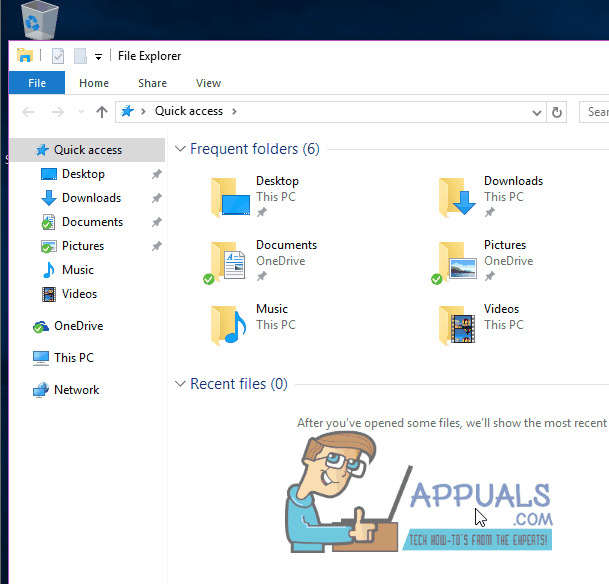FIX: Can’t Delete Temporary Files on Windows 10
In Windows 10, by opening the Start Menu and then navigating to Settings > System > Storage and clicking on the partition of the Hard Drive that is housing Windows 10, a user can scan for any and all temporary files that are being stored on their Hard Drive’ primary partition. By doing so, the user is provided with a rough estimate of the amount of disk space that is being occupied by temporary files and is also given the option to delete all of the temporary files that Windows was able to locate by clicking on Delete temporary files. The “temporary files”, in this instance, are files that Windows no longer needs and are dispensable, files such as Windows installation files, temporary files for applications and files that were carried over to Windows 10 from the version of Windows that the user was previously using and upgraded from.
In many cases, the temporary files stored on a Windows 10 user’s computer can take up several gigabytes of disk space. In such cases, it is highly recommended that the user delete these temporary files by clicking/tapping on Delete temporary files once Windows is done scanning for them. However, it is a known fact that the Settings > System > Storage area of Windows 10 is one of the buggiest parts of the OS. That being the case, many Windows 10 users suffer from an issue where their computer fails to delete the temporary files no matter how many times they click/tap on Delete temporary files and regardless of how much time they give their computer to complete the process.
Deleting any and all temporary files stored on your Windows 10 computer is pretty important, especially if these files are hogging a large amount of disk space. Thankfully, though, there is an alternative to deleting these files from the buggy Settings > System > Storage – deleting these files using the Disk Cleanup utility. In order to delete any and all temporary files on your Windows 10 computer using the Disk Cleanup utility, you need to:
Launch File Explorer by pressing Windows Logo key + E or simply open your Computer.
Right-click on your Hard Drive’s primary partition (the partition that Windows 10 is installed on).
In the resulting contextual menu, click on Properties.
Click on Disk Cleanup.
Allow Windows to scan the drive for any and all disposable files and then present you with a list of its findings.
Make sure that you select all of the files types on the list, and then click on OK to delete them.
In most cases, the temporary files that you see when you navigate to Settings > System > Storage and then select your Hard Drive’s primary partition are not among the list of files that Disk Cleanup initially provides you with. To allow Disk Cleanup to also search for these files, you are going to have to click on Clean up system files.
Allow Disk Cleanup to search for and compile a list of all system files – this list will include all temporary files – which you can delete to free up disk space.

Make sure that you select all of the file types on the list, and then click on OK to delete them.
While it would be much easier to delete temporary files from Settings > System > Storage, that particular area of Windows 10 is incredibly buggy, so until Microsoft fixes it, you can get rid of all temporary files stored on your computer using the Disk Cleanup utility.